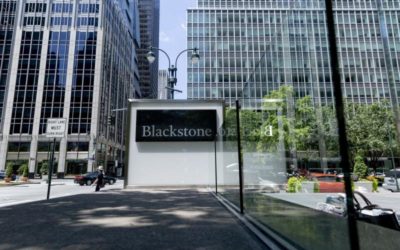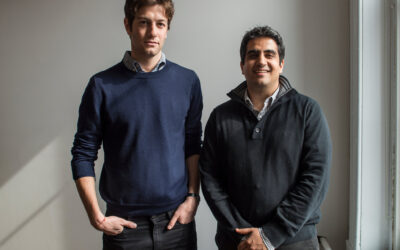The lower commitments come “in light of market uncertainty and anticipated lower distributions from existing funds,” Cannella said.
He didn’t directly tie the pension’s decision to liquidity concerns, but slower distributions combined with a decline in public markets could push the pension’s private equity portfolio past a 20% policy limit it set for illiquid assets in its equity portfolio. Earlier this year, market declines helped pushed the value of the pension’s private equity assets above that limit, to 22%, pension documents indicate.
The pension system had been committing more than $700m to private equity annually the last three years, and was looking to build its co-investment portfolio, purchase general partner stakes in important manager relationships and sell funds of noncore general partnership relationships, according to pension documents. The Arizona pension typically has targeted more experienced general partners, namely ones that are raising at least their third fund, those documents said.
The pension system’s private equity portfolio, which stood at $3.77bn as of 30 June, lost 12.16% of its value in the first quarter of 2020 and 7.31% for the year ended 31 March, a board meeting documents on 31 July show.
In addition, the distribution of profits from private equity fell as the pandemic forced a near halt in exit processes in private equity. This year through 30 June, distributions of profits from private equity funds were $15.25m, only about a quarter of the roughly $66.05m of distributions in the prior period ended 30 June, 2019.
The coronavirus crisis affected all the strategies in the Arizona pension’s private equity portfolio, and the hardest hit were its energy assets, which generated negative returns of 34.57% in the first quarter, followed by distressed assets that returned a negative 12.19% and secondaries that returned a negative 11.19%, pension documents indicate.
Mega and large buyouts were hit harder than their small and medium counterparts, pension documents indicate.
Source: Wall Street Journal
By Preeti Singh




